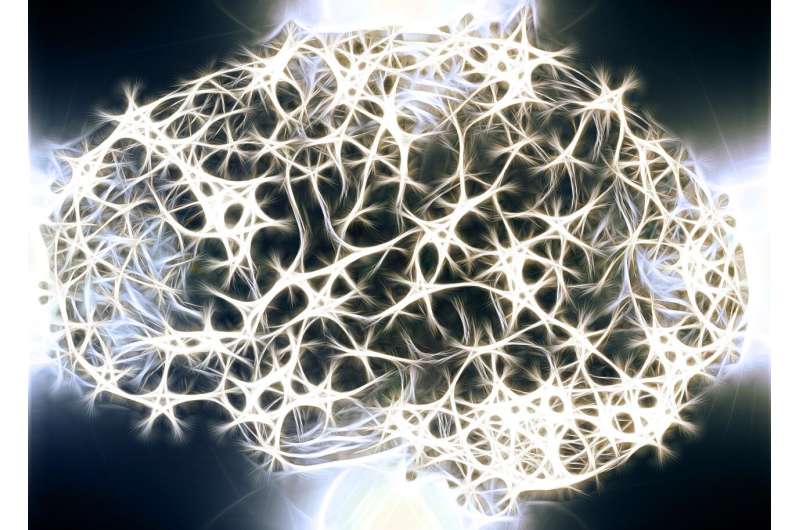Credit: CC0 Public Domain
Researchers at Center for BrainHealth, part of The University of Texas at Dallas, recently examined underlying brain networks in long-term cannabis users to identify patterns of brain connectivity when the users crave or have a desire to consume cannabis. While regional brain activation and static connectivity in response to cravings have been studied before, fluctuations in brain network connectivity had not yet been examined in cannabis users. The findings from this study will help support the development of better treatment strategies for cannabis dependence.
The study was published in the journal of Human Brain Mapping (May 2020) by researchers Francesca Filbey, Ph.D., professor and director of cognitive neuroscience research of addictive disorders at Center for BrainHealth, Hye Bin Yoo, Ph.D. and Blake Edward Moya.
The findings add to the understanding that regions of the brain do not perform in isolation, but through connectivity of multiple brain networks that signal to each other depending on need and state. It further identifies that brain connectivity during craving is not static, but rather, has fluctuations in connection patterns between reward-related regions such as the central executive network and the nucleus accumbens, areas rich in dopamine. It also highlighted the need to better understand the impact of these dynamic patterns as it relates to cannabis use. Participants were examined with a functional magnetic resonance imaging (fMRI) scanner for these findings.
These findings further extend an earlier study published by Filbey et al in PNAS (August 2009), wherein the Filbey Lab described the first evidence of underlying neural mechanisms during cravings of cannabis users. The findings showed that chronic users not only have increased neural response in reward-related brain regions when there is a desire to consume cannabis, but that the magnitude of the response is associated with the severity of cannabis-related problems.
"Now that we have identified there are differences in large-scale brain network patterns in long-term cannabis users when there is craving, we can use these as biomarkers of cannabis use disorder to aid treatment strategies. Future studies are needed to determine how these brain network patterns might change over the course of treatment and recovery," said Dr. Filbey.
This study was helped funded by the National Institute of Drug Abuse, "Genetic and Environmental Modulators of the Brain's Response to Marijuana Cues" grant.
More information: Hye Bin Yoo et al, Dynamic functional connectivity between nucleus accumbens and the central executive network relates to chronic cannabis use, Human Brain Mapping (2020). DOI: 10.1002/hbm.25036
Journal information: Human Brain Mapping , Proceedings of the National Academy of Sciences
Provided by Center for BrainHealth
























